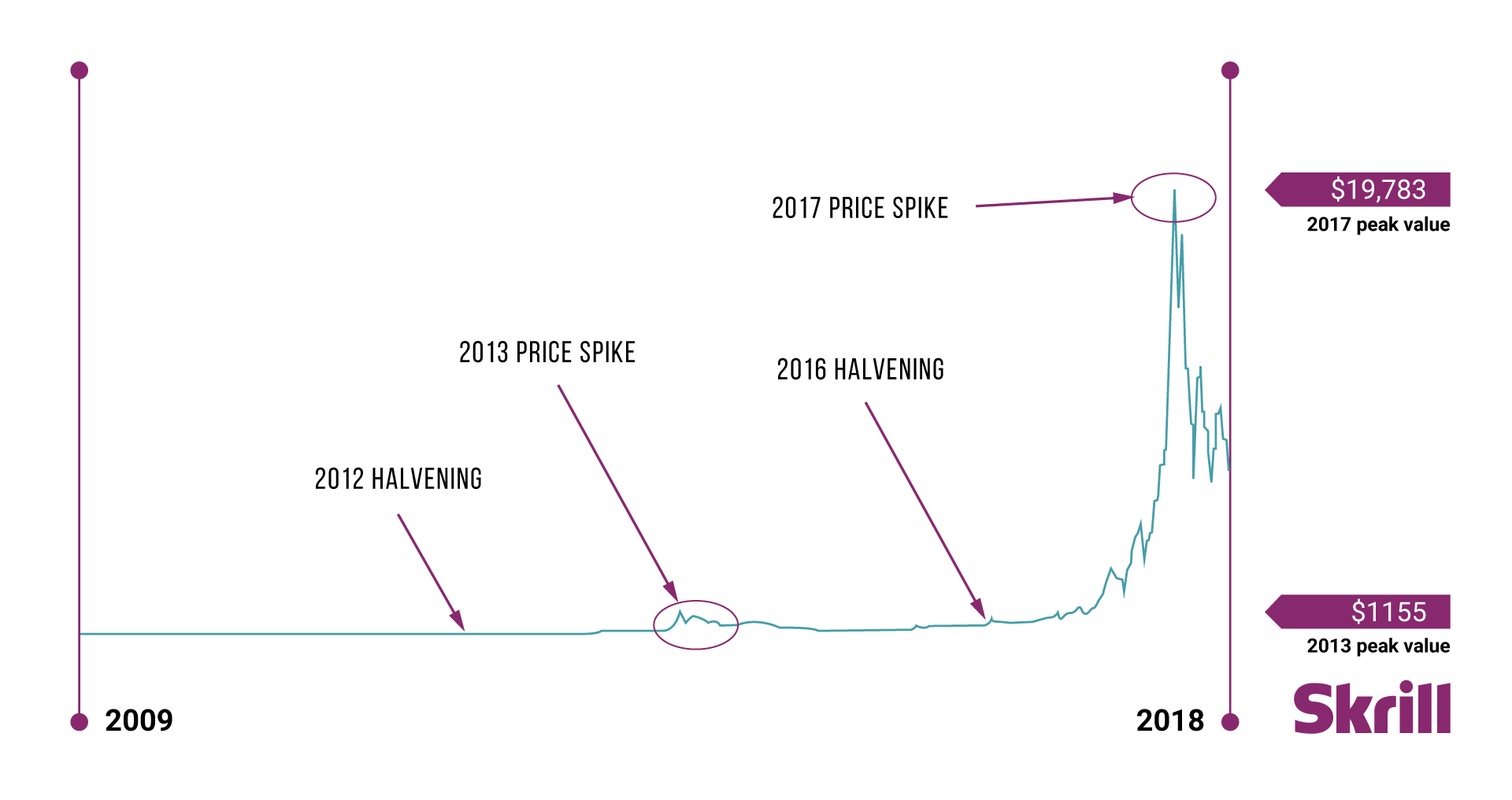Don’t invest unless you’re prepared to lose all the money you invest. This is a high-risk investment and you should not expect to be protected if something goes wrong. Take two minutes to learn more.
This article is not intended to be financial, investment or trading advice. This article is for information and solely for education purposes. It does not protect against any financial loss, risk or fraud.
Written by Franz Steinbeiss
The current regulatory environment:
Over the last 10 years, since the emergence of cryptocurrencies, the world has seen a significant shift. As the interest in the crypto space grows amongst investors and businesses, the need for regulation is ever increasing to ensure the protection of consumers and the stability of the market.
Currently, the crypto regulatory landscape in the European Union (EU) is fragmented with countries having different approaches.
For example, Malta and Switzerland were early adopters of crypto regulation and already have established regulatory frameworks. In 2018, Malta introduced the Virtual Financial Assets (VFA) act to regulate digital assets, and Switzerland established the Swiss Financial Markets Supervisory Authority (FINMA) to regulate crypto-related activities. Other countries, such as France and Germany have taken a cautious approach with regulators watching developments in the industry and providing guidance to market participants.
For the EU, the European Securities and Markets Authority (ESMA) has focused on providing information as to the risks associated with investing in cryptocurrencies. However, no comprehensive regulatory framework for cryptoassets has been established.
With these varying approaches and assessments of cryptoassets across markets, businesses have had to navigate different regulatory approaches in various jurisdictions. In turn, this has created a degree of uncertainty for those working in the sector.
This is where Market in Crypto Assets (MiCA) comes in and its goal: to address these variances by creating a comprehensive regulatory framework for cryptoassets in the EU.
What is MiCA?
MiCA is the framework intended to establish harmony across rulings for certain cryptoassets throughout the EU. For cryptoassets not covered by existing EU legislation, MiCA will provide a legal framework to enhance protection for consumers and investors.
The outcome will be that many businesses offering services in relation to cryptoassets will only be able to operate through an entity authorised under MiCA.
Currently, MiCA is due for a formal vote by the EU parliament and publication in April 2023. The rules and provisions set out in the framework with come into effect by the end of 2024, 18 months after approval to give institutions time to align with the new legislation.
MiCA will automatically apply across the EU without an implementation period and any existing framework that creates carriers or frictions will need to be removed by member states.
How will MiCA work?
MiCA classifies cryptoassets into three types:
-
Asset-Referenced Tokens (ART)
-
Electronic Money Tokens (EMT)
-
Other cryptoassets that are not covered by existing EU law.
ART is defined as a token with the purpose of maintaining a stable value by reference to any other value. This includes stablecoins backed by two or more fiat currencies, crypto-backed stablecoins, such as MakerDAO, or commodity-backed stablecoins.
By technical definition E-Money tokens are ART; however, these differ in that they are only backed by one currency and are instead classed as EMT.
Group three, the last group of defined cryptocurrencies, include Utility Tokens, which are only intended to provide access to a good or a service supplied by the issuer of that token.
One of the challenges that regulators face given the fast-paced nature of cryptoassets is that regulations struggle to keep pace with the rate of innovation.
Though MiCA covers three types of cryptoassets, there is an emerging area of token taxonomies the regulation does not address, specifically Non-Fungible Tokens (NFTs). Given the growing importance of NFTs, particularly relating to their use in Web3 and the Metaverse, amends may be made to MiCA in the future.
Similarly, future iterations of MiCA could occur because it currently leaves elements in relation to staking and lending unaddressed. Although it does stop stablecoin wallets from accruing interest.
The introduction of MiCA will clearly define which businesses are allowed to provide crypto-related services within the EU and consumer protection is at the front of everyone’s minds.
For example, this would include companies already licensed as a Cryptoassets Service provider (“CASP”), credit institutions, or investment firms. Plus, additional crypto-related services, such as custody, portfolio management or the operation of trading platforms for cryptoassets, will be regulated under the new legislation.
This means that all respective companies must ensure customer funds are not used for the company’s own purposes. Equally, certain anti-money laundering rules and policies will be implemented to ensure compliance with the regulatory requirements.
What is the possible impact on the crypto industry?
MiCA has the potential to have several effects on the crypto industry in Europe.
-
By introducing the new rules, it could provide a harmonized regulatory approach across the cryptocurrency industry, increasing investor protection, transparency, and legal certainty.
-
By imposing regulatory requirements on cryptocurrency issuers and service providers, MiCA could help prevent market manipulation and insider trading, ensuring a fair and transparent market.
-
It could have the potential to encourage innovation in the industry by attracting more investment and promoting the development of new technologies and business models as institutional investors are attracted by regulatory clarity.
-
It could change the existing landscape of key industry players given the cost of compliance requirements.
-
Existing applications for cryptoasset registrations under the Money Laundering Regulations may match with MiCA registration requirements (although the base requirements may be the same).
Given the cost of authorisation, it may remain to be seen whether some Member States will allow the grandfathering of provisions under existing cryptoasset registration for authorization purposes.
Overall, the implementation of MiCA could bring significant benefits to the cryptocurrency industry, leading to increased adoption and mainstream acceptance of cryptocurrencies as a legitimate asset class.
Try crypto with Skrill today
- Buy and sell over 40 different cryptocurrencies
- Set conditional orders to automate your trades
- Earn points and be rewarded with Skrill's loyalty programme, Knect
Cryptocurrencies are unregulated in the UK. Capital Gains Tax or other taxes may apply. The value of investments is variable and can go down as well as up.





